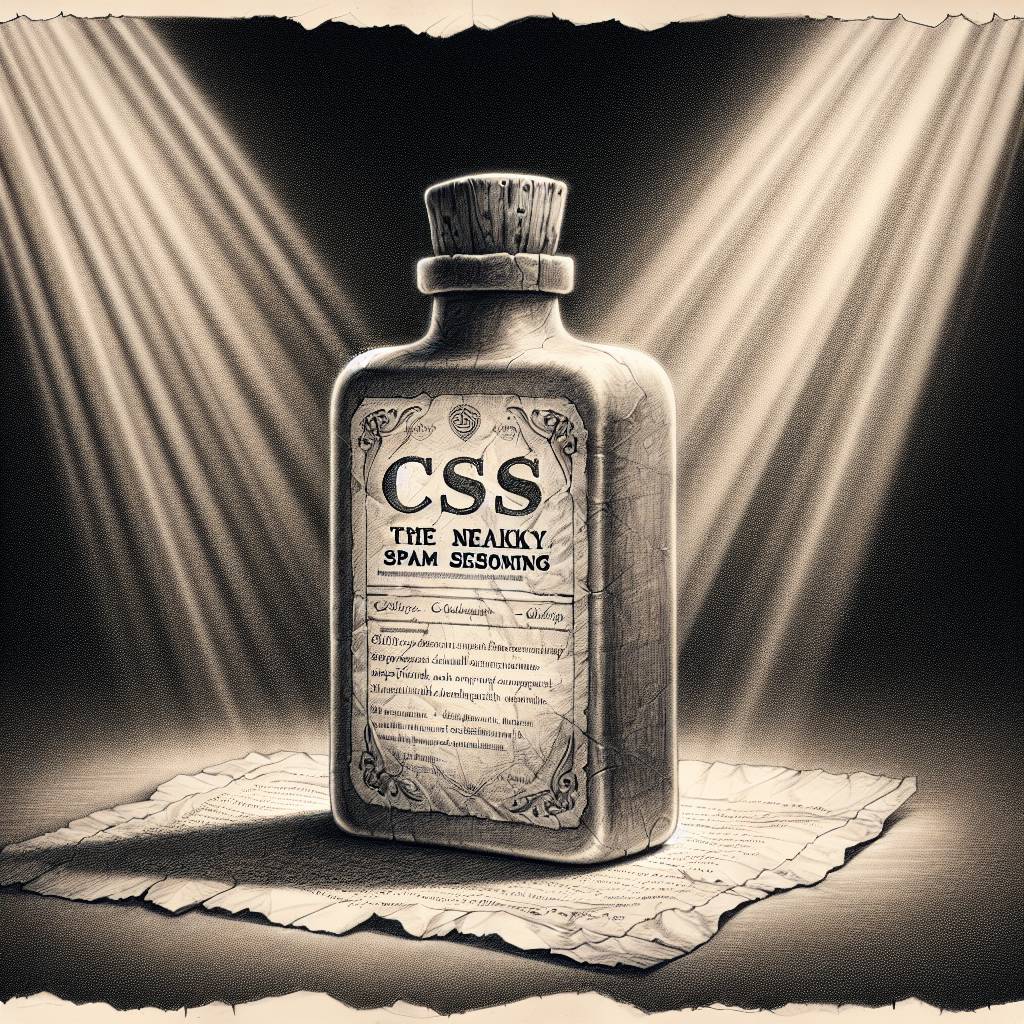CSS: The Sneaky Spam Seasoning That’s Giving Email Filters Indigestion!
Attackers are using Cascading Style Sheets to hide text in emails, tricking spam filters with “salting.” This stealthy tactic involves inserting invisible content, leaving security defenses scratching their heads. Cisco Talos warns that this growing problem needs more sophisticated filtering methods to catch the “salty” mischief.

Hot Take:
It seems cybercriminals have found a new hobby: playing hide and seek with your inbox. With the creativity of a toddler hiding in plain sight, they’re using CSS to sprinkle invisible spam into your emails. It’s like using camouflage in a fashion show – bold, sneaky, and utterly annoying.
Key Points:
- Cybercriminals are using CSS to insert hidden content in emails to evade security filters.
- This technique, known as “hidden text salting,” confuses email parsers and detection systems.
- Attackers manipulate CSS properties like opacity, text size, and display to hide their tracks.
- The tactic has seen increased use over the past several months, as noted by Cisco Talos.
- Cisco Talos suggests HTML sanitization and sophisticated filters to combat the threat.
Already a member? Log in here
